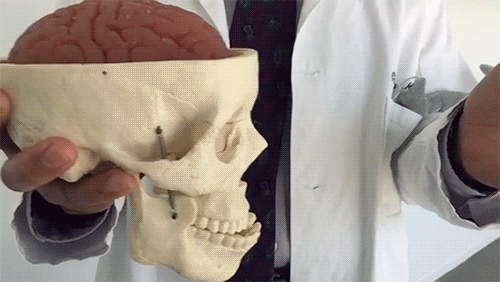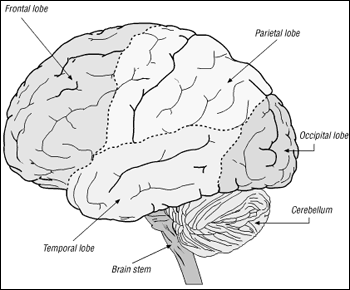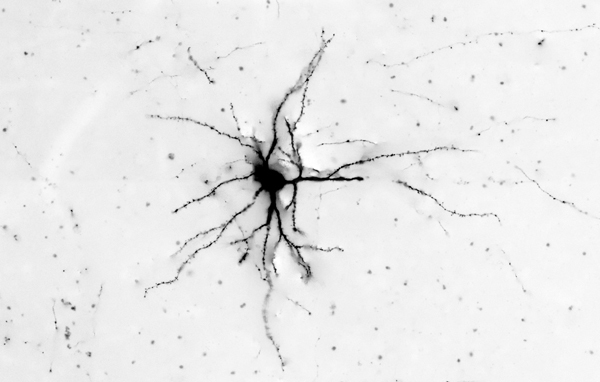Difference between revisions of "Talking Algorithms"
| Line 42: | Line 42: | ||
| − | + | [[File:Visual-cortex.jpg]] | |
Revision as of 19:59, 11 January 2017
TALKING ALGORITHMS
--
Research document
1. The human brain
Research questions:
- What parameters are there for the brain and how can they be altered or controlled by an external medium?
- How readable are our thoughts and dreams, what instruments (existing or conceptual) can decode the brain.
1.1 Brain Structures
Frontal Lobe- associated with reasoning, planning, parts of speech, movement, emotions, and problem solving
Parietal Lobe- associated with movement, orientation, recognition, perception of stimuli
Occipital Lobe- associated with visual processing
Temporal Lobe- associated with perception and recognition of auditory stimuli, memory, and speech
Neuron Conversations: How Brain Cells Communicate
Electrical signals travel around your brain and throughout your body, carrying messages to receptors and cells in the blink of an eye.
Nerve impulses involve the opening and closing of ion channels. These are selectively permeable, water-filled molecular tunnels that pass through the cell membrane and allow ions — electrically charged atoms — or small molecules to enter or leave the cell. The flow of ions creates an electrical current that produces tiny voltage changes across the neuron’s cell membrane.
The ability of a neuron to generate an electrical impulse depends on a difference in charge between the inside and outside of the cell. When a nerve impulse begins, a dramatic reversal in the electrical potential occurs on the cell’s membrane, as the neuron switches from an internal negative charge to a positive charge state. The change, called an action potential, then passes along the axon’s membrane at speeds up to several hundred miles per hour. In this way, a neuron may be able to fire impulses multiple times every second.
When these voltage changes reach the end of an axon, they trigger the release of neurotransmitters, the brain’s chemical messengers. Neurotransmitters are released at nerve terminals, diffuse across the synapse, and bind to receptors on the surface of the target cell (often another neuron, but also possibly a muscle or gland cell). These receptors act as on-and-off switches for the next cell. Each receptor has a distinctly shaped region that selectively recognizes a particular chemical messenger. A neurotransmitter fits into this region in much the same way that a key fits into a lock. When the transmitter is in place, this interaction alters the target cell’s membrane potential and triggers a response from the target cell, such as the generation of an action potential, the contraction of a muscle, the stimulation of enzyme activity, or the inhibition of neurotransmitter release.
Source: http://www.brainfacts.org/brain-basics/cell-communication/articles/2012/neuron-conversations/


